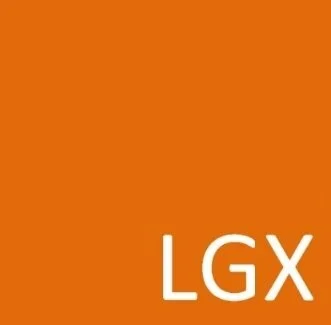Busting the Big 3 Myths of Reverse Auctions
Reverse Auctions are ONLY about Price
Reverse Auctions, run properly, by experienced professionals, are designed to drive the best possible value and lowest total cost of ownership (TCO) for the buying entity.
Critical factors such as service levels, product quality, switching costs and other quantitative AND qualitative factors must be considered along with the use of reverse auctions as a pricing tool within a sourcing event.
This myth gives rise to the uninformed notion that only highly commoditized categories are suitable for the application of reverse auction methodologies as a sourcing tool. This is also false, reverse auctions are suitable for any category, from commodity to construction, where there are multiple, QUALIFIED, suppliers who can provide the product or service being sourced.
Reverse Auctions only work for commodities
Reverse Auctions come as a price gathering component of a sourcing event. Sourcing professionals around the world, in enterprises as large as GE and FedEX and as small as entrepreneurial startups often leverage the real-time market competition of Reverse Auctions to determine what the best available price point is.
This strategy, as one function within the sourcing strategy, can be applied to categories as diverse as highly engineered products and machines, legal and auditing services, custom packaging and a host of other categories that are not highly commoditized.
Bear in mind, good sourcing organizations purchase on the basis of best value for the enterprise…not necessarily best price. Price is a component of value and when the price comes down, assuming that quality and service remain static, value increases.
Reverse Auctions damage the Supplier-Buyer relationship
The application of a best practice in the negotiation of price can, and often does, actually enhance trust and credibility within the Supplier-Buyer relationship. No negotiation tool delivers a higher level of transparency to both sides in the negotiation.
The Reverse Auction shows suppliers, in real time, whether they are, in fact, or not the lowest cost provider of the product or service being sourced. There is no room in this process for the vagaries of an individual declaration from the buyer’s side as to whether or not the supplier is competitive, the auction process takes care of that on an independent and unprejudiced basis.
Finally, while the process does impart downward price pressure on the supplier to be cost competitive, the ultimate value proposition must take into account multiple factors, price being only one. Strong relationships survive the reverse auction process.
